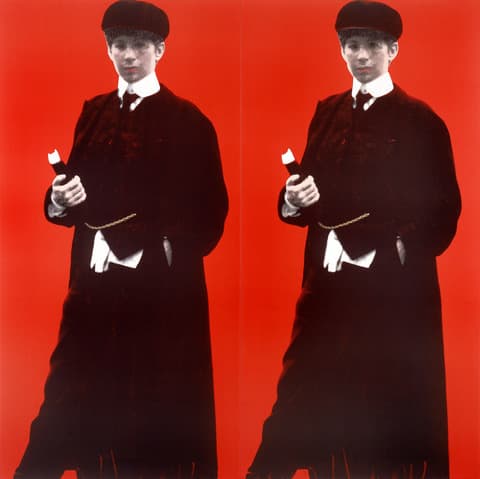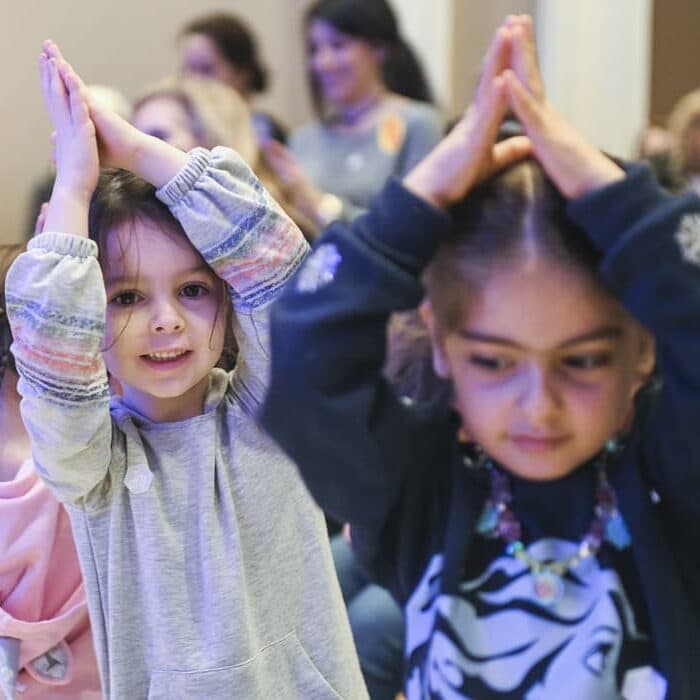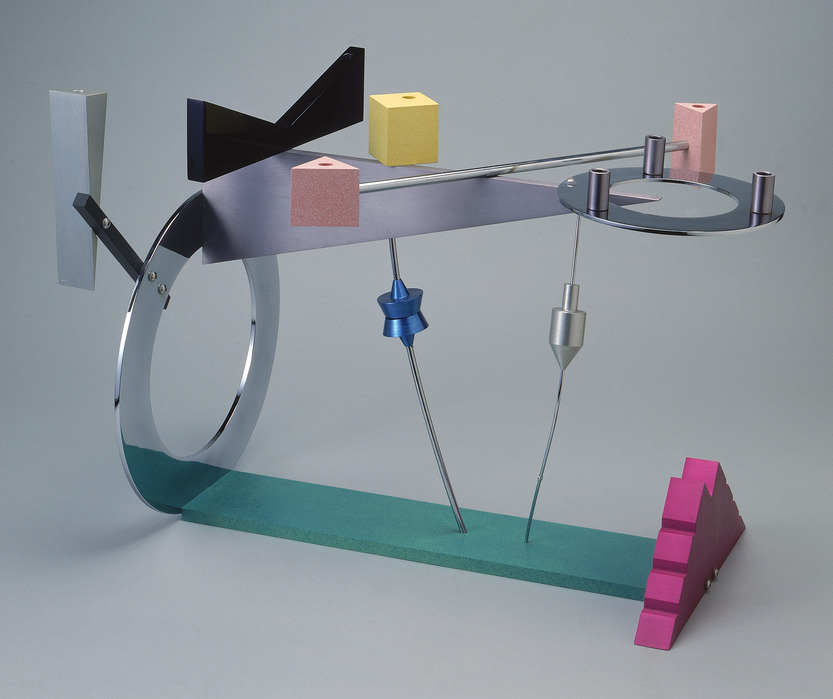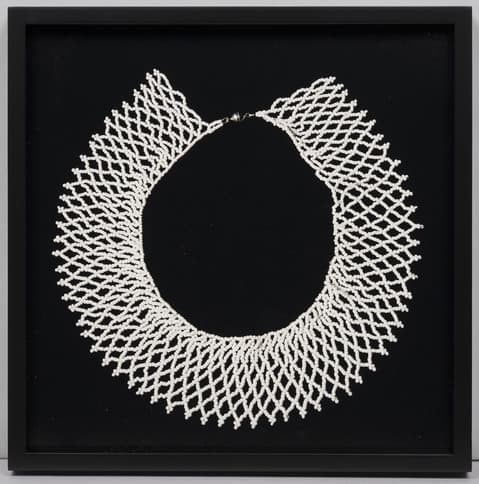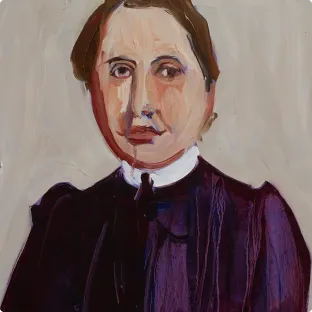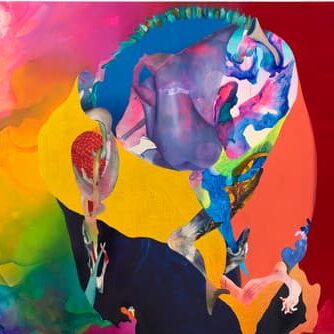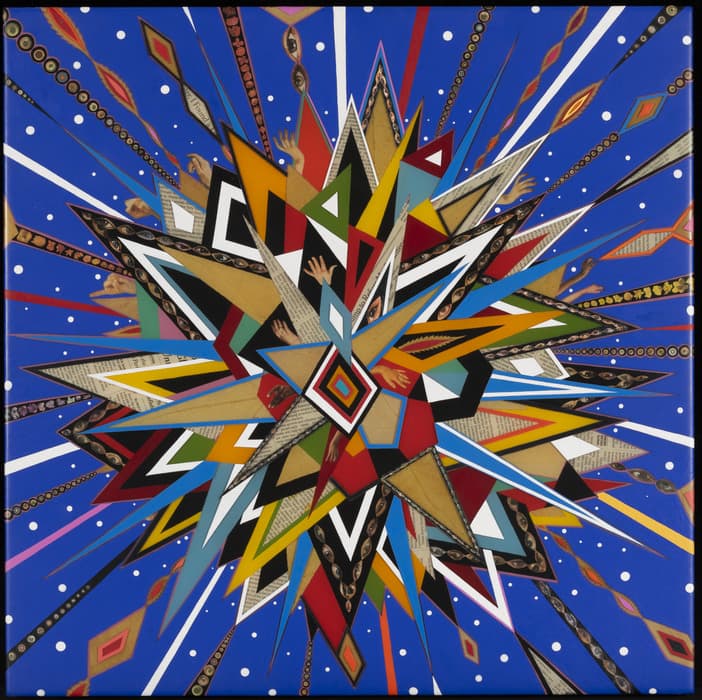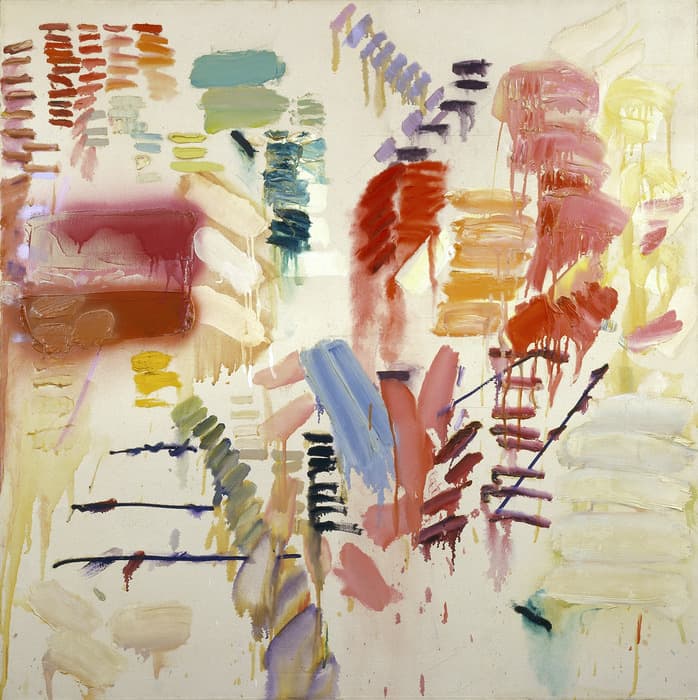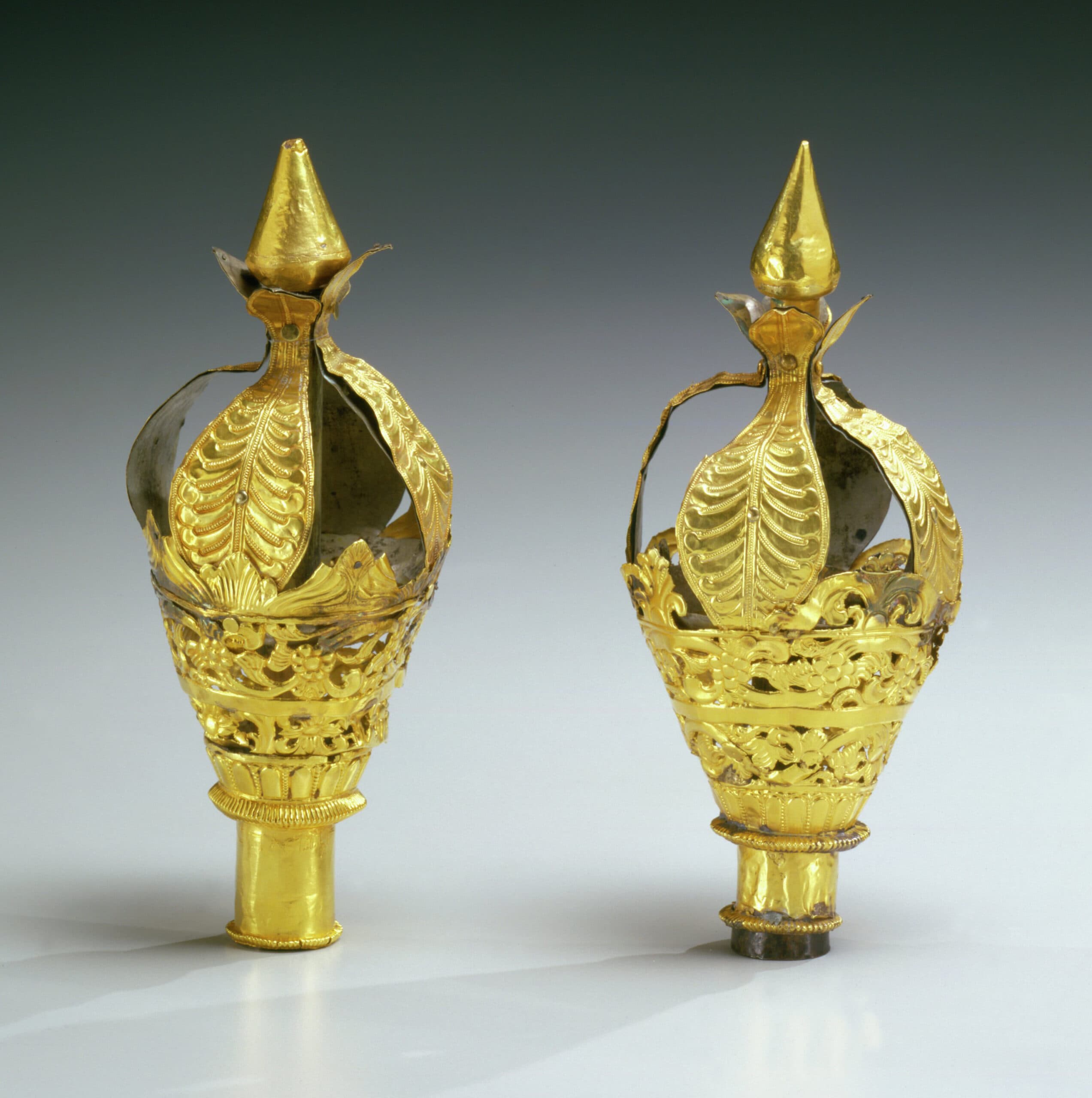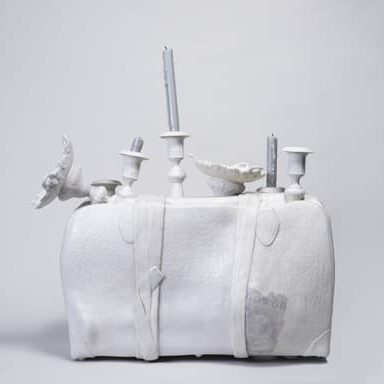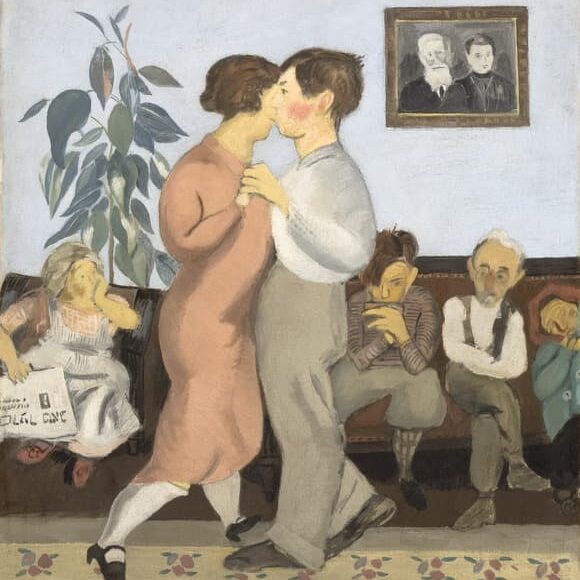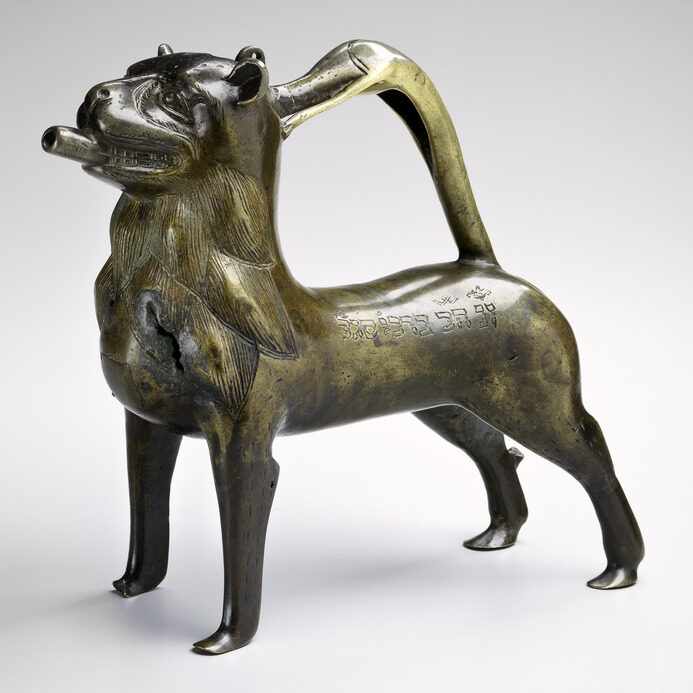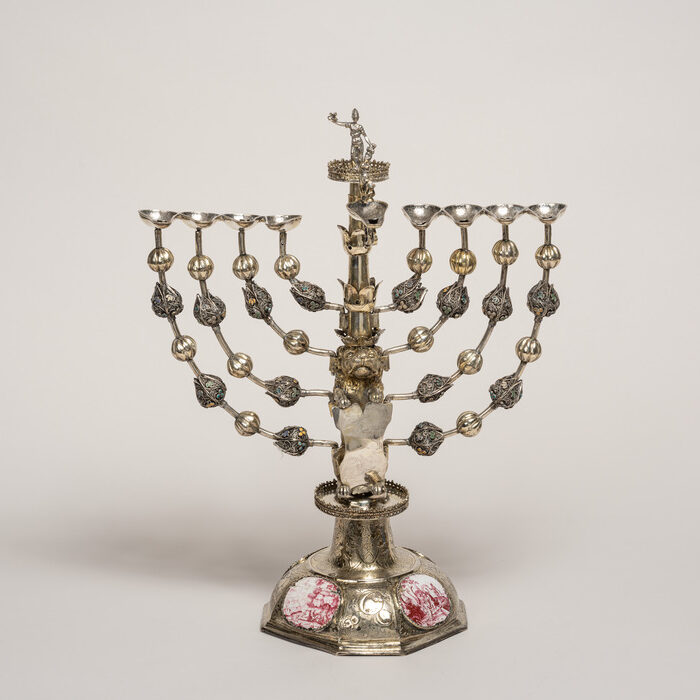New York 1962 1964 press kit
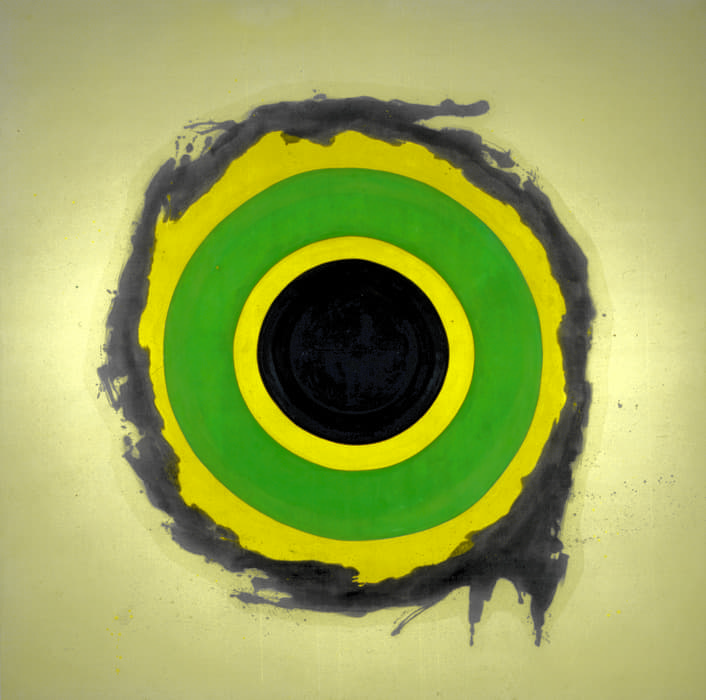
New York: 1962-1964
July 22, 2022-January 8, 2023
New York, NY, July 20, 2022—The Jewish Museum presents New York: 1962-1964, an exhibition that explores a pivotal three-year period in the history of art and culture in New York City, examining how artists living and working in New York responded to their rapidly changing world. Installed across two floors, this immersive exhibition presents more than 150 works of art—all made or seen in New York between 1962-1964—including painting, sculpture, photography, and film, alongside fashion, design, dance, poetry, and ephemera. The exhibition is on view at the Jewish Museum from July 22, 2022, through January 8, 2023.
New York: 1962-1964 is the last project conceived and curated by Germano Celant, the renowned art historian, critic, and curator who passed away in 2020. Celant was approached in 2017 by the Museum to address its influential role in the early 1960s New York art scene during a momentous period in American history. The result is New York: 1962-64, which uses the Jewish Museum’s role as the jumping-off point to examine how artists living and working in New York City responded to the events that marked this moment in time. The exhibition and accompanying book have been developed by Studio Celant according to Germano Celant’s curatorial vision in close collaboration with the Jewish Museum: Claudia Gould, Helen Goldsmith Menschel Director; Darsie Alexander, Susan and Elihu Rose Chief Curator; Sam Sackeroff, Lerman-Neubauer Associate Curator; and Kristina Parsons, Leon Levy Curatorial Assistant. New York: 1962-1964 is designed by Annabelle Selldorf, Julie Hausch-Fen, and Georgia Read, Selldorf Architects. . Graphic design is by Michael Rock and Marcus Hollands, 2×4. The exhibition is accompanied by a 350-page catalogue developed by Celant and designed by Michael Rock from 2×4.
New York: 1962-1964 aligns with the years of Alan Solomon’s tenure as the Jewish Museum’s influential director. Solomon organized ambitious exhibitions that were dedicated to what he called the “New Art,” transforming the Jewish Museum into one of the most important cultural hubs in New York. In addition to daring surveys of cutting-edge painting and sculpture, he also organized the first-ever museum retrospectives of both Robert Rauschenberg (1963) and Jasper Johns (1964). When Solomon was tasked with organizing the United States Pavilion at the 1964 Venice Biennale, he took the opportunity to showcase work by Rauschenberg and Johns, and their peers John Chamberlain, Jim Dine, Morris Louis, Kenneth Noland, Claes Oldenburg, and Frank Stella. These artists distilled what he described as a “new sense of beauty” from “the rawness and disorder of the metropolitan scene.” When Rauschenberg was awarded the Biennale’s International Grand Prize in Painting, it contributed to a shift in emphasis from Europe to America, cementing New York as a center of the art world for decades to come.
During the timeframe explored in this exhibition, epoch-changing events—such as the Cuban Missile Crisis (1962), March on Washington for Jobs and Freedom (1963), and the assassination of President John F. Kennedy (1963)—occurred at rapid speed and fundamentally altered the social and political landscape of New York City and the nation more broadly. An unprecedented economic boom broadened the array of consumer goods that were available to shoppers, and an expanding media network introduced new voices into increasingly urgent conversations about race, class, and gender. Emerging in this context, a generation of New York-based painters, sculptors, dancers, filmmakers, and poets rose to prominence, incorporating material directly from their urban surroundings and producing works that were as rich and complex as the city itself.
Organized chronologically and bookended by the International Exhibition of the New Realists exhibition at the Sidney Janis Gallery in 1962 and the 32nd Venice Biennale in 1964, New York: 1962-1964 traces a remarkable period in the history of American art when artists working in a broad range of mediums showed renewed interest in the depth and intensity of everyday life. Described as “New Realism,” “Commonism,” “Factualism,” and “Pop,” their diverse practices developed new techniques and reached new audiences. The exhibition explores the spaces where that innovation took place, including the galleries and museums where the work was shown, as well as vernacular settings like living rooms, lofts, kitchens, and storefronts where Americans went about their lives. Drawing energy from the cityscape, artists moved back and forth between their studios and the surrounding streets, junkyards, laundromats, and restaurants, making new kinds of work that resisted easy definition.
New York: 1962-1964 includes selections from key exhibitions that took place in New York during the period and examined how artists engaged with their urban environment, including the International Exhibition of the New Realists (1962) at the Sidney Janis Gallery, Six Painters and the Object (1963) at the Solomon R. Guggenheim Museum, and Americans 1963 (1963) at The Museum of Modern Art. Other highlights include artwork featured in The First International Girlie Exhibit (1964) that examined mass-media representations of the female figure; pieces by the New York School Poets that explored the aesthetic potential of everyday speech; and work made by members of the Spiral Group and the Kamoinge Workshop, groundbreaking collectives that formed in New York in response to the struggle for civil rights. The surveys Toward a New Abstraction (1963) and Recent American Sculpture (1964) and the retrospectives Robert Rauschenberg (1963) and Jasper Johns (1964), which took place at the Jewish Museum under Solomon’s leadership, are also sources for many artworks included. The exhibition concludes with a gallery focused on the United States Pavilion from the 1964 Venice Biennale.
Artists featured include Diane Arbus, Lee Bontecou, Chryssa, Merce Cunningham, Jim Dine, Martha Edelheit, Melvin Edwards, Dan Flavin, Lee Friedlander, Nancy Grossman, Robert Indiana, Jasper Johns, Donald Judd, Ellsworth Kelly, Yayoi Kusama, Norman Lewis, Roy Lichtenstein, Boris Lurie, Marisol, Agnes Martin, Louise Nevelson, Isamu Noguchi, Claes Oldenburg, Yvonne Rainer, Robert Rauschenberg, Faith Ringgold, Larry Rivers, James Rosenquist, Miriam Schapiro, Carolee Schneemann, George Segal, Jack Smith, Harold Stevenson, Marjorie Strider, Mark di Suvero, Bob Thompson, and Andy Warhol, among many others.
The design of the exhibition by Selldorf Architects features material from popular culture, including newspapers, magazines, television clips on period TVs, a jukebox playing popular music of the time, consumer products, furniture, and fashion, as well as vernacular objects reflecting the vibrancy of life in the city at that time.
Catalogue
The exhibition is accompanied by 350-page catalogue edited by Germano Celant, designed by 2×4, and co-published by the Jewish Museum and Skira Editore. Modeled on the scale and format of Life magazine, one of the most widely read publications of the time, the volume presents a detailed chronology of the period and features essays from a group of contributors, including: Germano Celant; Emily Bauman; Ninotchka D. Bennahum (Professor, University of California, Santa Barbara); Jennifer G. Buonocore-Nedrelow (art historian); Olivia Casa (writer and curator); Christo; Laura Conconi (Studio Celant); J. English Cook (PhD candidate, Institute of Fine Arts, New York University); Maria Corti (Studio Celant); Michaëla de Lacaza Mohrmann (independent curator of Latin American modern and contemporary art); Jim Dine; Claudia Gould (Helen Goldsmith Menschel Director, the Jewish Museum); Joshua B. Guild (Associate Professor, Princeton University); Liz Hirsch (art historian); Hiroko Ikegami (Professor, Kobe University); Susan Murray (Professor, New York University); Kristina Parsons (Leon Levy Curatorial Assistant, the Jewish Museum); Michael Rock (founding partner and director of strategy, 2×4); Sam Sackeroff (Lerman-Neubauer Associate Curator, the Jewish Museum); Benjamin Serby (Assistant Professor, Adelphi University); Jennifer Sichel (Assistant Professor, University of Louisville); and Robert Slifkin (Professor, Institute of Fine Arts, New York University). The book is available worldwide and at the Jewish Museum’s Cooper Shop for $65.00.
Programs
Programs in conjunction with New York: 1962-1964 include partnerships with Film Forum and Film at Lincoln Center this summer and a range of public programs starting in the fall.
From July 22 to August 11, Film Forum presents 1962…1963…1964, including 36 films showcasing a moment in movie history that saw the last gasps of the Hollywood studio system, some of the best work of veteran filmmakers (David Lean, Luis Buñuel, Elia Kazan, Alfred Hitchcock), and a cinema reinvigorated by a new generation that included Stanley Kubrick, Federico Fellini, Jean-Luc Godard, François Truffaut, Roman Polanski, Jacques Demy, Sergio Leone and Francis Ford Coppola. Screenings include Dr. Strangelove, Lawrence of Arabia, 8½, Jules and Jim, The Umbrellas of Cherbourg, A Hard Day's Night, Cape Fear, Knife in the Water, Contempt, Cleopatra, Diary of a Chambermaid, and many others.
From July 29 to August 4, Film at Lincoln Center presents New York, 1962-64: Underground and Experimental Cinema, focusing on this rich period of truly independent cinema, unencumbered by the medium's aesthetic conventions and commercial imperatives. The series features key films by Kenneth Anger, Shirley Clarke, the Kuchar Brothers, Marie Menken, Jonas Mekas, Carolee Schneemann, Jack Smith, Andy Warhol, and others, including Scorpio Rising, Flaming Creatures, The Cool World, and more.
Audio Tour
Accompanying the exhibition is an audio tour available within the Jewish Museum’s digital guide on Bloomberg Connects, the free arts and culture app. Bloomberg Connects is accessible for either onsite or offsite visits and can be downloaded to any mobile device. Download the free app.
Support
New York: 1962-1964 is made possible by the Jerome L. Greene Foundation.
Major support for the exhibition is provided by The National Endowment for the Humanities: Democracy demands wisdom; The Ellsworth Kelly Foundation; the National Endowment for the Arts; Tracy Li; The Joan Toepfer Charitable Trust; the Arnhold Family; The Walter and Lucille Rubin Foundation; Agnes Gund; Helen Frankenthaler Foundation; Johanna and Lief D. Rosenblatt; The Goldie and David Blanksteen Foundation; Wendy Fisher and the Kirsh Foundation; The Robert Mapplethorpe Foundation, Inc; The Skirball Fund for American Jewish Life Exhibitions; Horace W. Goldsmith Exhibitions Endowment Fund; the Alfred J. Grunebaum & Ruth Grunebaum Sondheimer Memorial Fund; and the Leon Levy Foundation.
In celebration of Germano Celant, additional support is provided by Gagosian; Barbara Gladstone; Barbara Bertozzi Castelli and Castelli Gallery; Marianne Boesky Gallery; Paula Cooper Gallery; David Israel and Julie Hillman; Barbara and Richard S. Lane; Lévy Gorvy; Pace Gallery; Isabella del Frate Rayburn; Thaddaeus Ropac – London Paris Salzburg Seoul; Stéphane Samuel and Robert M. Rubin; David Zwirner; Nancy Olnick and Giorgio Spanu; Lisa Silver and Jean-Christophe Castelli; Peter and Ellen Cohen; Virginia Dwan; Gray, Chicago/New York; Valerie Carberry and Richard Wright; and Laurie Beckelman.
The publication is made possible, in part, by the Wyeth Foundation for American Art; The Boris Lurie Art Foundation and The Schaina and Josephina Lurje Memorial Foundation, Both Founded by Gertrude Stein; Furthermore: a program of the J. M. Kaplan Fund; and the Dorot Foundation
Digital Experience Provided by Bloomberg Philanthropies.
Press contacts
Daniela Stigh, [email protected] or 212.423.3330
Anne Scher, [email protected] or 212.423.3271

